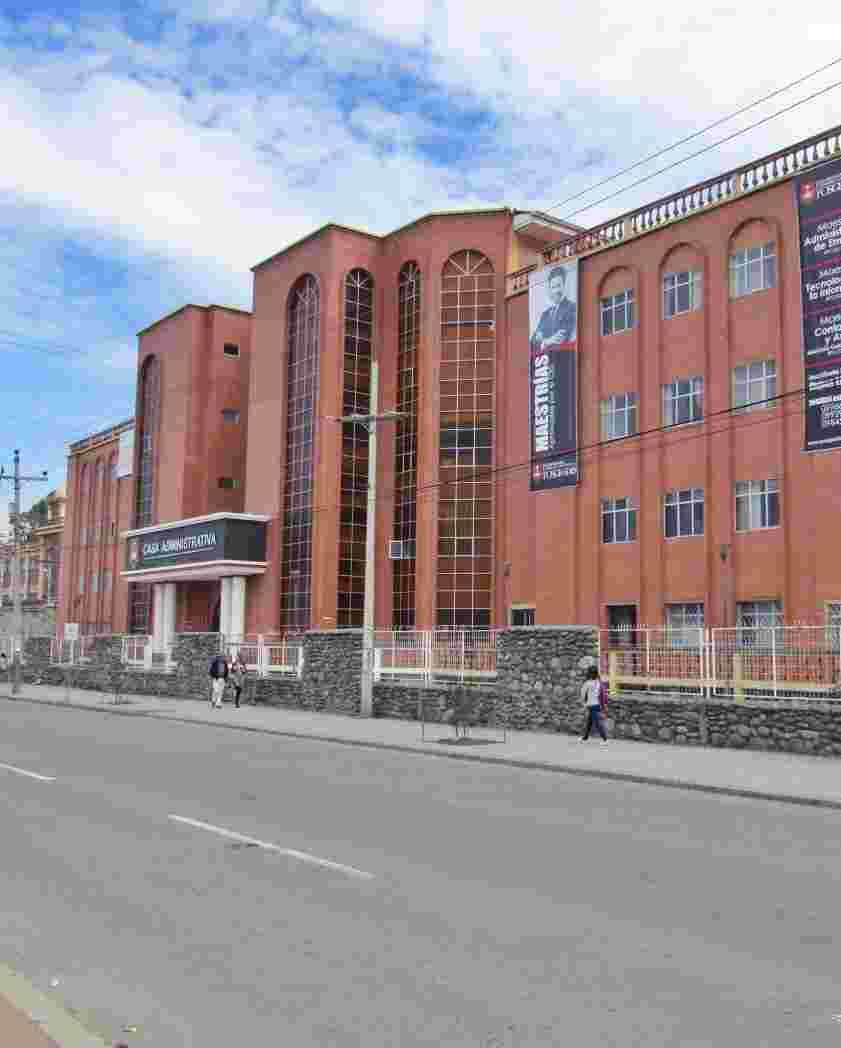Prevalencia de recesión gingival según la clasificación de Miller en pacientes con enfermedadperiodontal de la clínica Odontológica de la Universidad Católica de Cuenca, Septiembre del 2016 a Mayo del 2018
| dc.contributor.advisor | Naula Vicuña, Carlos Roberto | |
| dc.contributor.author | Avilés Beltrán, Daniel Fabián | |
| dc.contributor.cedula | 104230016 | es_ES |
| dc.coverage | Cuenca – Ecuador | es_ES |
| dc.date.accessioned | 2020-08-13T18:06:41Z | |
| dc.date.available | 2020-08-13T18:06:41Z | |
| dc.date.issued | 2018-07 | |
| dc.description | OBJETIVO: El propósito de este estudio fue determinar la prevalencia de recesión gingival en pacientes con enfermedad periodontal que asistieron a consulta en la Clínica Odontológica de la Universidad Católica de Cuenca en el periodo Septiembre del 2016 a Mayo del 2018. La población estuvo constituida con la evaluación de 384 periodontogramas considerando pacientes con enfermedad periodontal de ambos sexos con edad entre 18 y 78 años. MATERIALES Y METODOS: la metodología aplicada en la presente investigación fue con un enfoque cuantitativo, con un diseño descriptivo y con un tipo de investigación de corte transversal, retrospectivo, de campo y observacional. RESULTADOS: Los resultados obtenidos fueron una prevalencia con mayor porcentaje de pacientes que presentan recesión en relación a los que no presentan. En cuanto al sexo se obtuvo que no tiene diferencia significativa de afección. Dentro del rango de edad se obtuvo que las personas con enfermedad periodontal entre la edad de 18 a 45 años presentan mucho más riesgo a desarrollar recesión gingival. En 2894 piezas dentales que presentaron recesión gingival el mayor porcentaje se encuentra en la arcada inferior, dentro de la cual la hemiarcada inferior izquierda es la más afectada. La pieza más afectada a presentar esta alteración se determinó que es el incisivo lateral inferior izquierdo. CONCLUSIONES: Se obtuvo una prevalencia de un 71% de pacientes con enfermedad periodontal que presentan recesión gingival. En cuanto al sexo no existe una predilección significativa de recesión gingival entre el masculino o femenino. El rango de edad con mayor cantidad de casos de recesión gingival es el de adultos jóvenes de 18-45 años. La arcada con mayor predisposición a presentar recesión gingival es la arcada inferior con el 61% de los casos presentes en la investigación. La hemiarcada con mayor riesgo a presentar recesión gingival se determinó que es la hemiarcada inferior izquierda representada por el cuadrante 3. La pieza dentar más afectada es el incisivo lateral inferior izquierdo representada por la numeración 3.2. | es_ES |
| dc.description.resumen | OBJECTIVE: The purpose of this study was to determine the prevalence of recession in patients with periodontal disease who attended consultation at the Dental Clinic of the Catholic University of Cuenca from September 2016 to May 2018. The population was constituted with the evaluation of 384 periodontograms considering patients with periodontal disease of both sexes with age between 18 and 78 years. MATERIALS AND METHODS: the methodology applied in the present investigation was with a quantitative approach, with a descriptive design and with a cross-sectional, retrospective, field and observational type of research. RESULTS: The results obtained were a prevalence with a higher percentage of patients presenting recession in relation to those who do not. Regarding sex, it was obtained that there is no significant difference in the condition. Within the age range it was obtained that people with periodontal disease between the age of 18 to 45 years have much more risk to develop gingival recession. In 2894 teeth that presented gingival recession, the highest percentage is found in the lower arch, within which the lower left hemiarcade is the most affected. The most affected piece to present this alteration was determined to be the left lower lateral incisor. CONCLUSIONS: A prevalence of 71% of patients with periodontal disease presenting gingival recession was obtained. Regarding sex, there is no significant predilection for gingival recession between the male or female. The age range with the highest number of cases of gingival recession is that of young adults aged 18-45 years. The arch with the greatest predisposition to present gingival recession is the lower arch with 61% of the cases present in the investigation. The hemiarcade with greater risk of presenting gingival recession was determined to be the lower left hemiarcade represented by quadrant 3. The most affected tooth is the lower left lateral incisor represented by the numbering 3.2. | es_ES |
| dc.format | application/pdf | es_ES |
| dc.format.extent | X, 46 p | es_ES |
| dc.identifier.uri | https://dspace.ucacue.edu.ec/handle/ucacue/4852 | |
| dc.language.iso | spa | es_ES |
| dc.rights | Atribución 4.0 Internacional | |
| dc.rights | info:eu-repo/semantics/openAccess | es_ES |
| dc.rights.uri | http://creativecommons.org/licenses/by/4.0/deed.es | |
| dc.source | Universidad Católica de Cuenca | es_ES |
| dc.source | Repositorio Institucional - UCACUE | es_ES |
| dc.subject | Recesión Gingival | es_ES |
| dc.subject | Prevalencia | es_ES |
| dc.subject | Epidemiologia | es_ES |
| dc.subject | Cepillado Traumatico | es_ES |
| dc.title | Prevalencia de recesión gingival según la clasificación de Miller en pacientes con enfermedadperiodontal de la clínica Odontológica de la Universidad Católica de Cuenca, Septiembre del 2016 a Mayo del 2018 | es_ES |
| dc.type | info:eu-repo/semantics/bachelorThesis | es_ES |
| dc.type | info:eu-repo/semantics/publishedVersion | es_ES |
| thesis.degree.level | Título Profesional | es_ES |
Archivos
Bloque original
1 - 1 de 1




